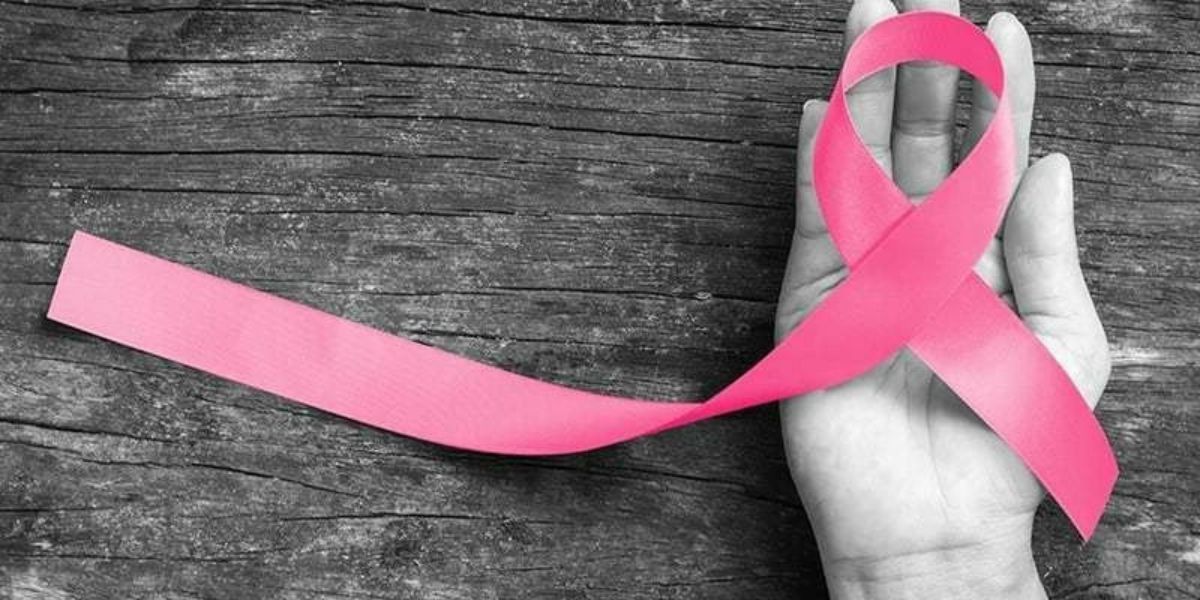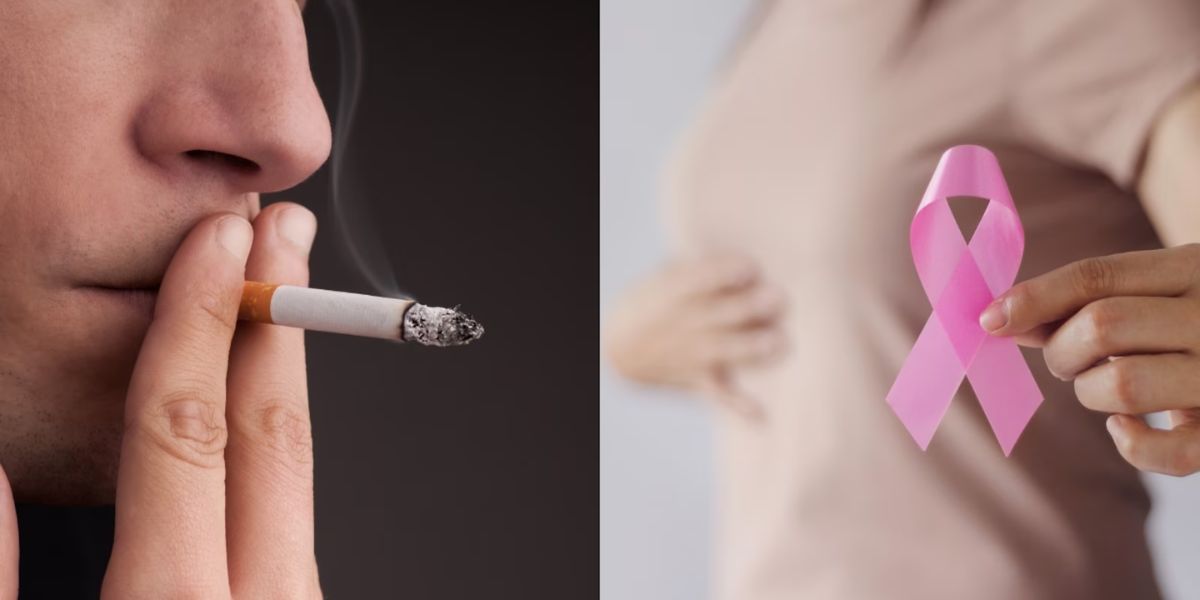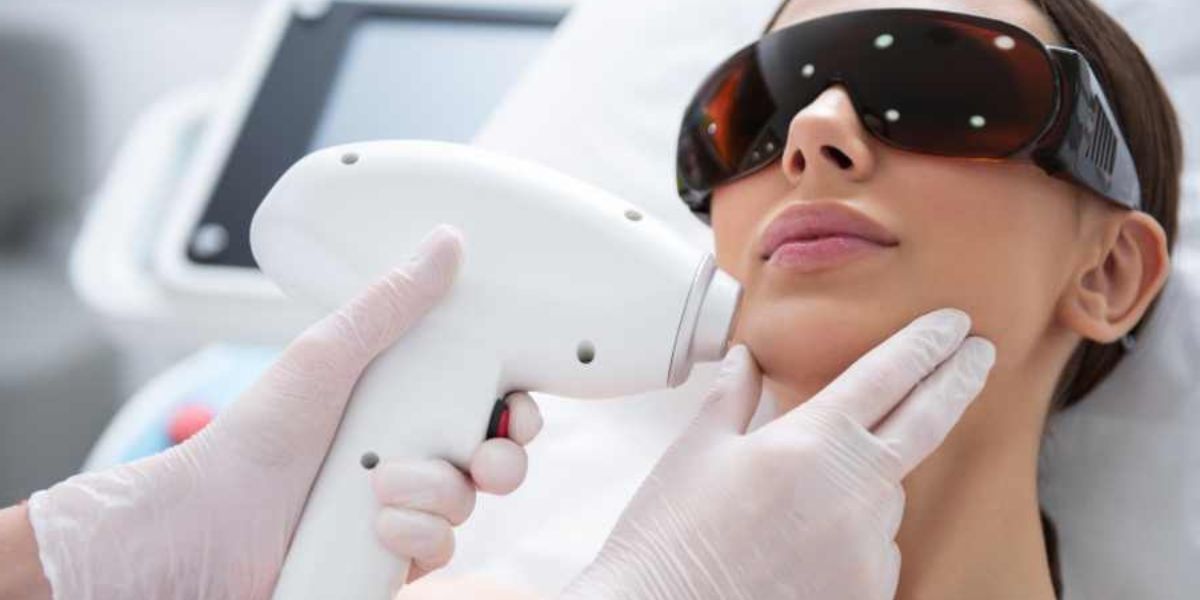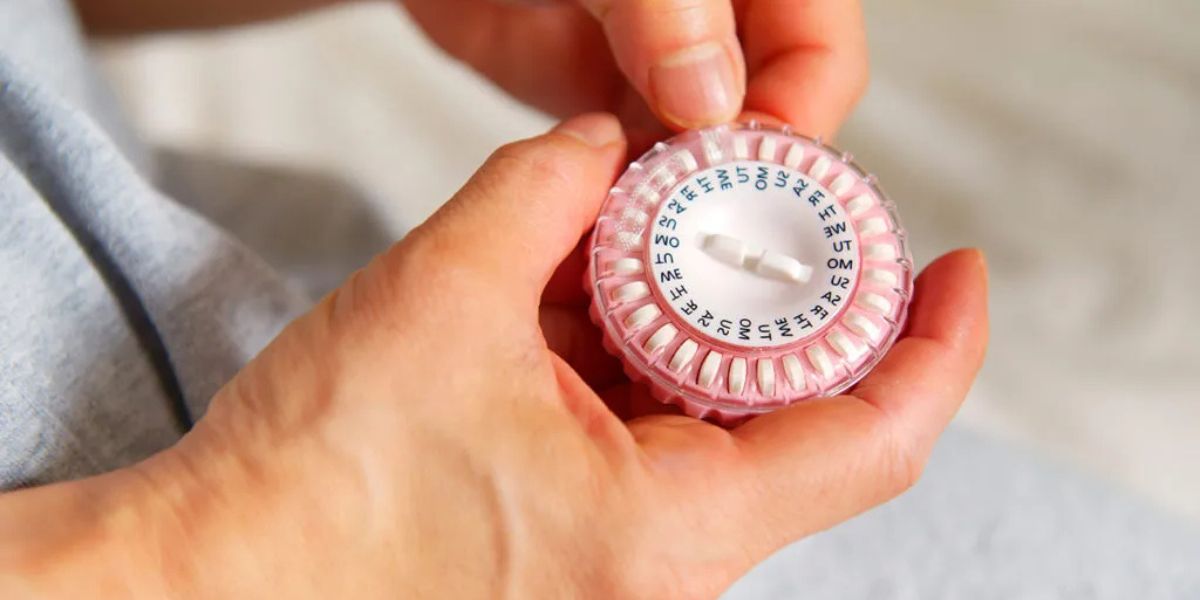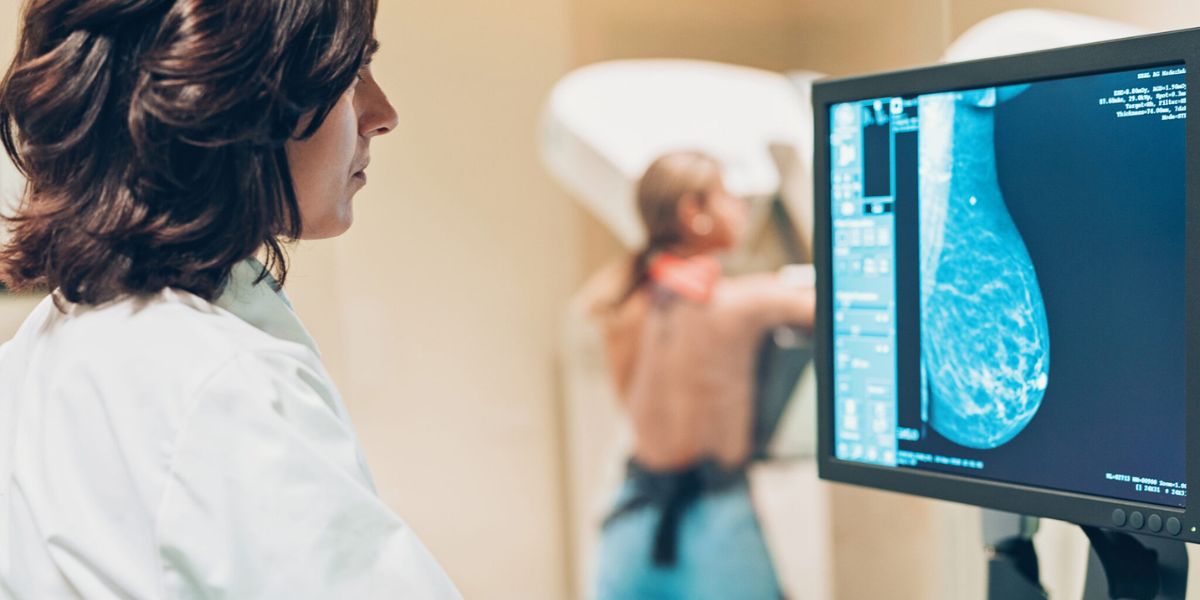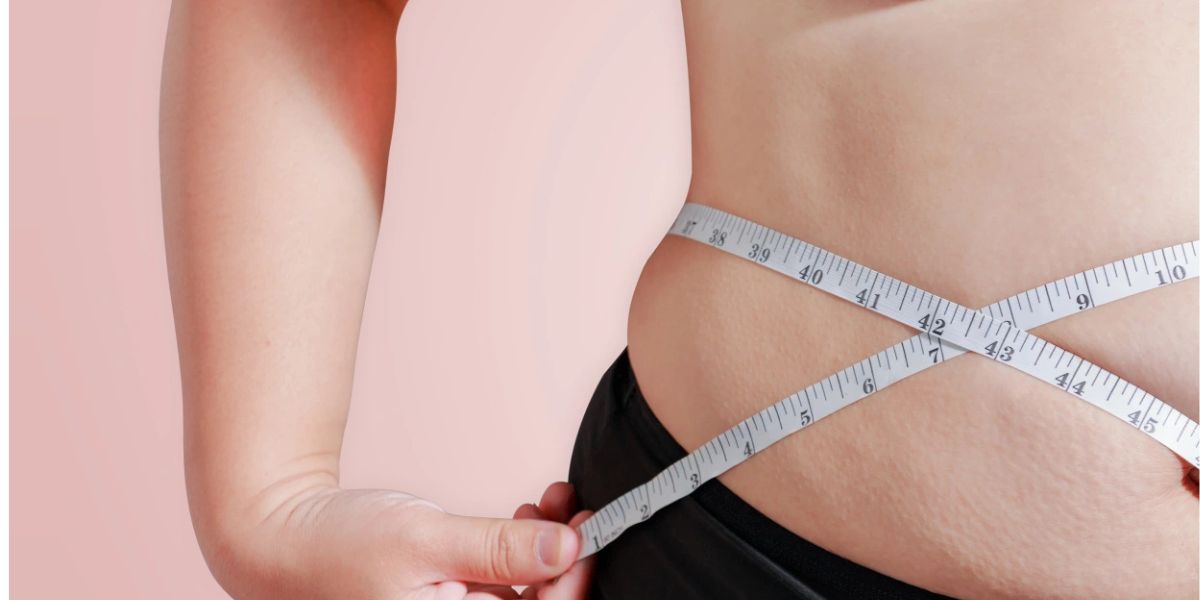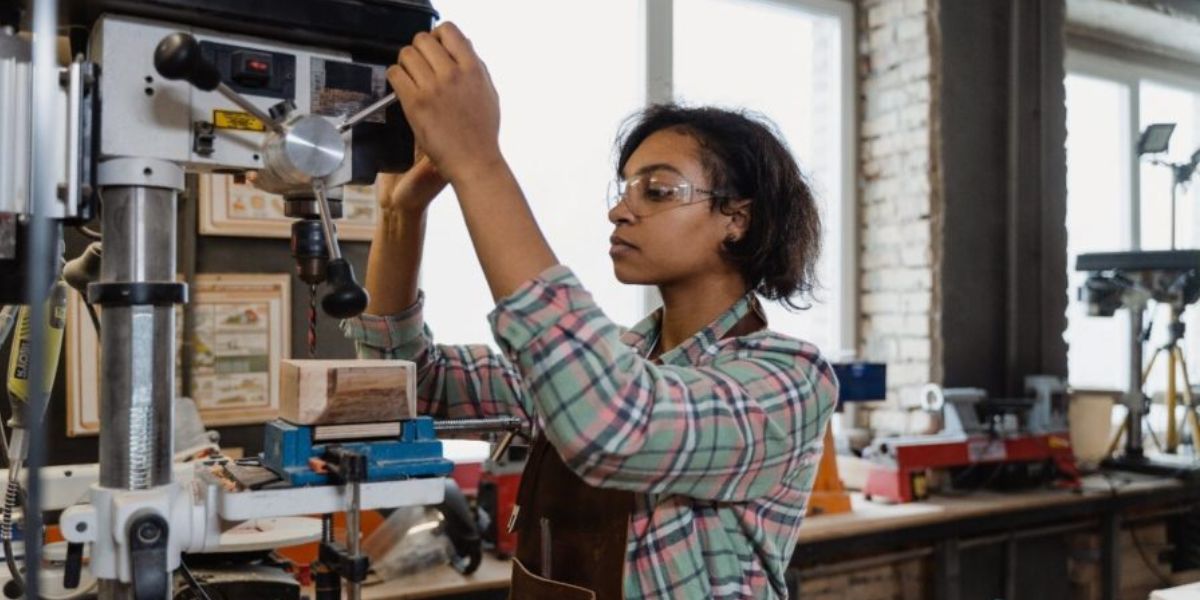Breast cancer occurs when breasts undergo mutation and become cancerous, growing uncontrollably, and eventually forming a tumor. It is one of the most commonly diagnosed cancers in women. As per the biennial report by the American Cancer Society, the annual incidence of breast cancer increased by one percent from 2012 to 2021, while the death rate has decreased by 44 percent from 1989 to 2022. In the U.S., this is the second most commonly diagnosed cancer among women and also the second leading cause of cancer-related deaths, following lung cancer. In the U.S., approximately, one in eight women is diagnosed with invasive breast cancer in their lifetime, and two percent die from the disease. Also, it is becoming more common and affecting people at younger ages. As per the study, the incidents of cancer increased by 1.4% a year among women under age 50.
Take a look at a few facts why the breast cancer rates are increasing rapidly in the US.
Demographic Change
If you consider race, Asian American women had the most rapid increase in breast cancer cases, followed by Hispanic women. This might be due to the influx of new immigrants, who tend to have a higher risk of developing breast cancer.
Increase in Obesity rates
There are a number of hypotheses on why cancer cases are rising under 50. One of the reasons that researchers believe contributes to the risk of early-onset cancer is the increase in obesity rates over the past two decades.
Poor Diet
Changes in dietary habits and poor nutrition, particularly the increase in consumption of ultra-processed foods, which are often unhealthy fats, sugars and additives- low in nutrients, are linked to higher cancer risk.
Sedentary Lifestyle
Physical activity helps regulate hormone levels, but now-a-days, due to busy lifestyles, many people lack regular exercise, which ultimately leads to weight gain, increased body fat and obesity, all of which increase the risk of breast cancer.
Environmental Factors
Prolonged exposure to carcinogens, the harmful substances that are found in pollution, pesticides, and certain chemicals used in plastics (like BPA, which is an endocrine-disrupting chemical), can disrupt normal cell functioning, promoting the growth of cancerous cells in breast tissue.
Family History
Breast cancer is passed down through families due to inherited genetic mutations, like those in the BRCA1 and BRCA2 genes, that are transmitted from parents to children. Certain family members may carry these mutations, resulting in an increased risk of developing cancer in subsequent generations.
Smoking and Alcohol Consumption
Smoking and excessive alcohol consumption are a few other significant risk factors for breast cancer. Tobacco contains harmful chemicals that can damage DNA. Heavy drinking can increase estrogen levels and prolonged exposure to high levels of this hormone increases the risk of breast cancer.
Radiation Exposure
Exposure to radiation treatments to the chest or even the face (to treat acne) during childhood or early adulthood may increase the risk of breast cancer.
Hormone Replacement Therapy (HRT)
HRT is linked to an increased cancer risk, particularly for individuals taking it after menopause, as this therapy exposes them to estrogen, which is linked to breast cancer.
Dense Breast/Medical Condition
Apart from exposure to radiation during therapies, individuals must also be aware of their medical conditions, like having dense breasts. Although dense breast is not an abnormal condition or a disease, women with dense breast tissues might have a higher risk of breast cancer than those with fatty breast tissue.
Early Menstruation
Women who begin their periods early, i.e., before the age of 12, face a higher risk of developing breast cancer as they are exposed to estrogen (which is released during the menstrual cycle) for a long time. Prolonged exposure of estrogen contributes to the growth of breast tissue, which in turn increases the likelihood of mutations that can lead to cancer.
Late Menopause
Women who reach menopause late, i.e., after the age of 55, also face a higher risk of breast cancer as they are exposed to more estrogen, which stimulates breast tissue.
Delayed Pregnancy
Having first pregnancy after the age of 30 or never having a full-term pregnancy can further elevate this risk, because of hormonal, cellular and other lifestyle factors.
Not Breastfeeding
Breastfeeding lowers breast cancer risk by decreasing the hormone levels that promote cancer growth. Hence, women who do not breastfeed may face an increased risk of breast cancer due to prolonged exposure to elevated hormone levels, particularly estrogen.
Urbanization
Rapid urbanization is linked to lifestyle changes associated with unhealthy dietary habits, sedentary lifestyles and increased stress levels, all of which can contribute to a higher risk of breast cancer. Also, as per studies, breast cancer incidence is higher in urban regions compared to rural areas.
Insulin Resistance
Although not everyone with insulin resistance develops breast cancer, individuals with high blood sugar and insulin resistance may be at high risk because of increased estrogen levels. Also, insulin resistance is often associated with being overweight, which promotes breast cancer cell growth.
Increased BMI
After menopause, the risk of breast cancer increases by about 12% for every five-point increase on the BMI scale. Although BMI doesn’t directly measure body fat, it suggests a higher likelihood of excess body fat. Increased BMI, particularly after menopause, raises breast cancer risk.
Oral Contraceptives
As per a study, women who used birth control pills had a slight increase in the risk of breast cancer- about 7% higher than those who had never used them. Also, prolonged use of birth control pills might increase this risk, as these pills contain synthetic forms of female hormones that can promote growth and development of cancer cells.
Passive Smoking
Not just smoking, but passive smoking or secondhand smoke has also been observed to have a slightly increased risk of breast cancer in younger, especially among younger, premenopausal women.
Working at Night Shifts
Working late at night or night shift work has been linked to an increased cancer risk because of disrupted circadian rhythms. Also, exposure to light at night might limit melatonin production, which in turn can lead to elevated estrogen levels.
Low or No Birth Rate
Women who have not given birth, have a higher risk of a specific type of breast cancer known as estrogen-receptor-positive breast cancer, as they do not experience changes in their breasts that occur during pregnancy, which provide protection against cancer.
Stress
Stressful life events or elevated stress levels can alter the level of certain hormones (like cortisol and adrenaline), which in turn might put an individual at greater risk of developing cancer. Stress might also lead to unhealthy behaviour- like overeating, smoking and drinking, which increase the risk of cancer.
Vitamin D Deficiency
Vitamin D deficiency can cause cancer through several mechanisms. It plays a major role in cell growth and low levels might disrupt this process, leading to uncontrolled cell proliferation. Also, vitamin D is believed to have anti-inflammatory properties and its role in regulating estrogen levels, but deficiency can cause increased inflammation and also elevate estrogen levels, both of which are associated with a higher risk of developing breast cancer.
Chronic Diseases
Chronic conditions such as diabetes and hypertension may also increase the risk of cancer.
Socioeconomic Factors
Individuals with limited access to education and healthcare might have less awareness of cancer risk and preventive measures. This lack of knowledge can result in reduced access to early detection, leading to diagnoses at later stages of cancer, which might impact treatment.
Occupational Hazards
Exposure to certain hazardous chemicals (like benzene, asbestos and others) or radiation at the workplace might also contribute to a greater risk of cancer.
Age
As people age, their risk of developing cancer increases due to accumulated genetic mutations and prolonged exposure to various risk factors over time.
Higher Prevalence of Certain Cancers
As more patients are successfully treated for certain cancers, the focus shifts to breast cancer, increasing diagnosis. Improved screening methods and awareness encourage regular mammograms, detecting cases that might have previously gone unnoticed.

